
The Rorschach test: X-rays of the unconscious
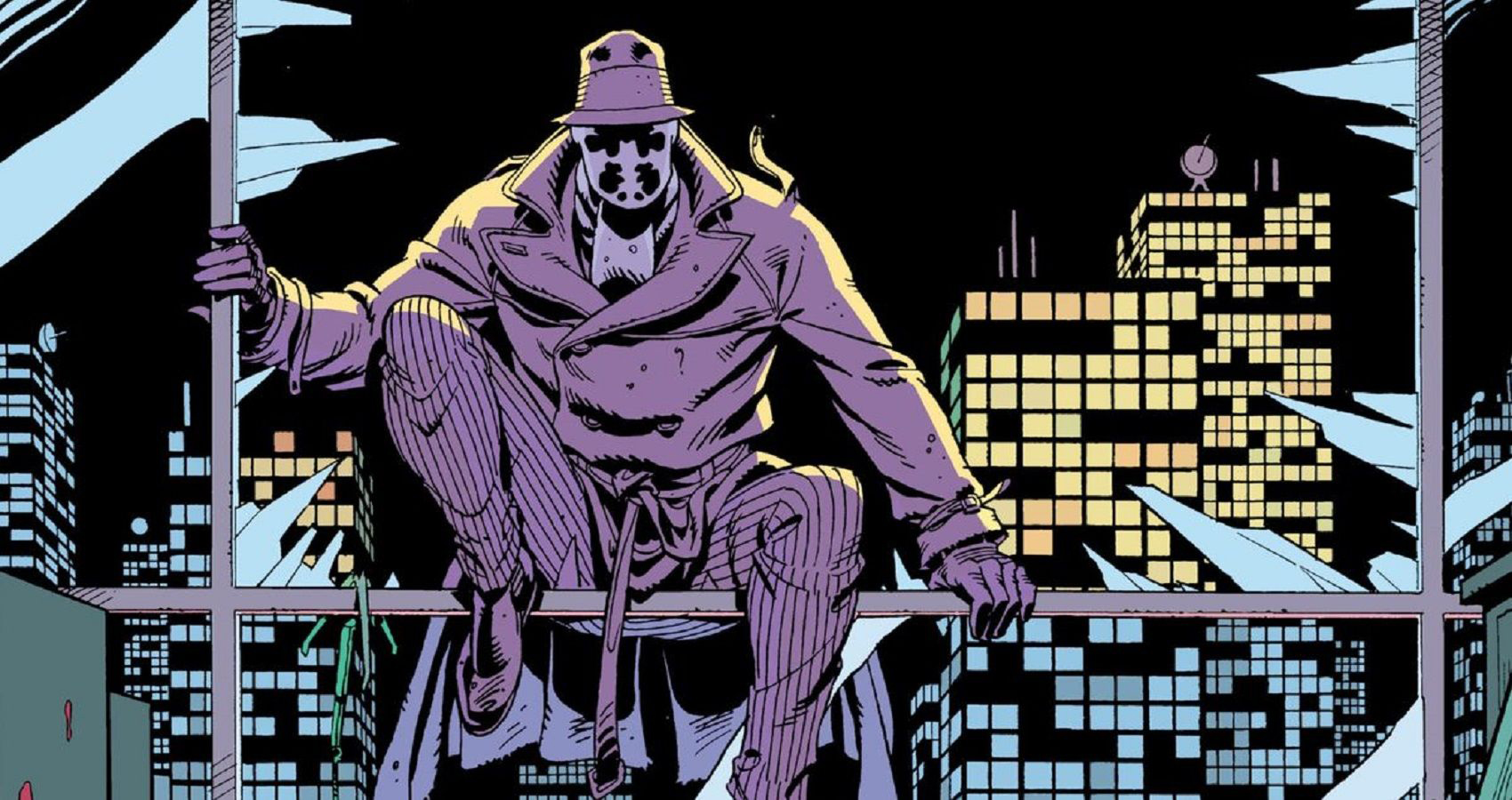
One hundred years ago the Swiss psychologist Hermann Rorschach published a test which promised to reveal the depths of the human mind. How? By observing people describe a set of well-chosen inkblots. Rorschach’s test has since made its way around the globe: in warfare, in offices and in pop culture.
When the Cold War was at its hottest, one critical front was in our own heads. The US government heavily promoted efforts to plumb the depths of “the Soviet mind”, “the African mind”, “the non-European mind”, and so on. One of its secret weapons was a Swiss technique then at the cutting edge of psychology, meant to reveal character and personality even in people of very different cultures: the Rorschach Test.
Between 1941 and 1968, some five thousand articles were published containing Rorschach test research on peoples from the Blackfoot Indians in the American West to every last Ifalukan living on small coral islands in Micronesia.
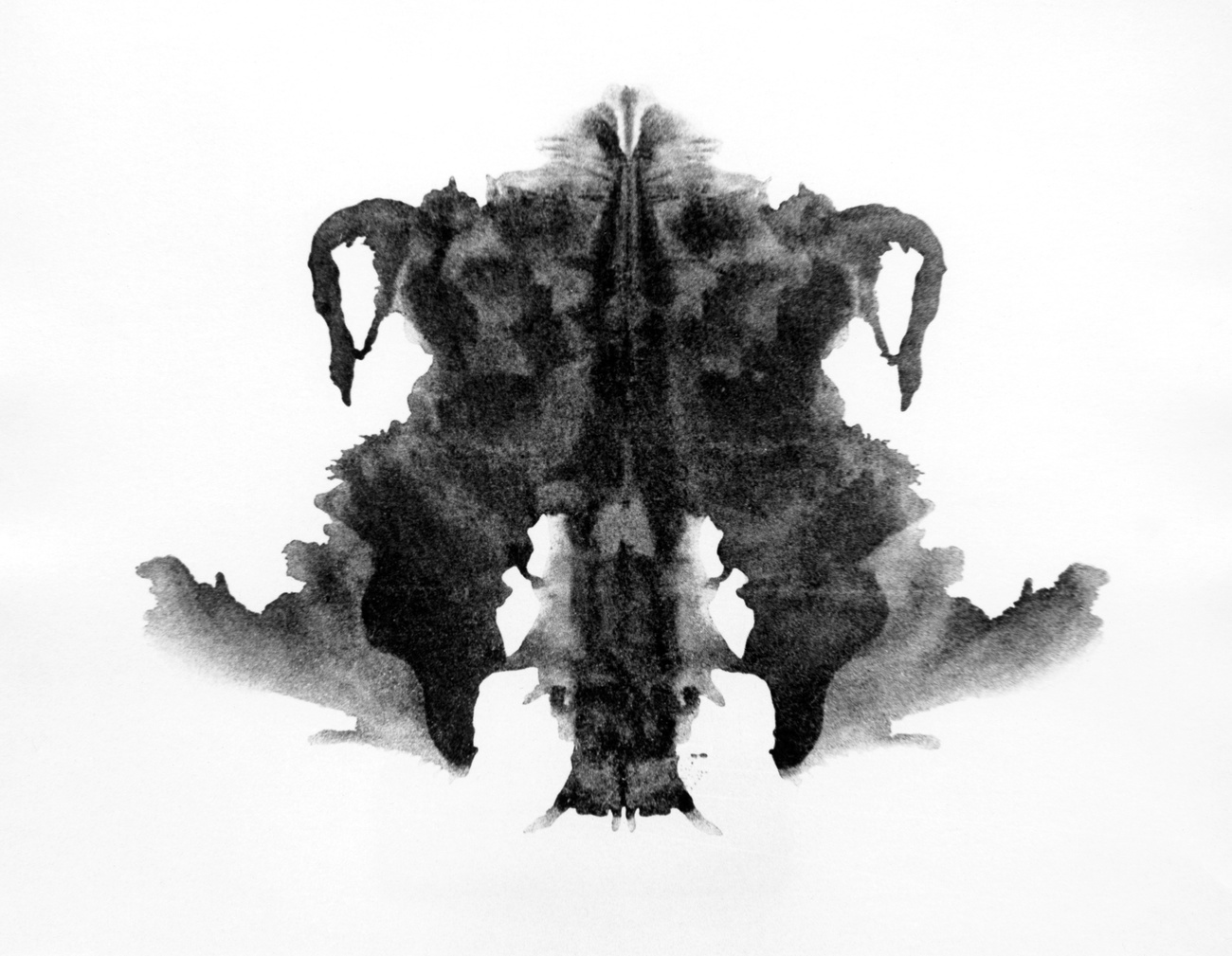
Perhaps the low point of Cold War ambitions for psychology came when the US Department of Defense sent teams of psychologists into war-torn Vietnam. Aiming to bring “peace, democracy, and stability” to the region, they needed to tailor their propaganda to win over the local hearts and minds. So, in 1966, Walter H. Slote, a Columbia University lecturer and psychotherapist, was sent to Saigon for seven weeks. His mission: uncover “the Vietnamese personality.” His tools: psychoanalysis and the Rorschach test.
This was not what Hermann Rorschach had in mind when he invented the inkblot method in 1917 and published it in 1921. He was a psychiatrist working alone in a remote asylum in Herisau. A follower of Freud, though never doctrinaire or dogmatic, he had also studied with Carl Jung in Zurich, where Jung had developed the first empirical test of the unconscious mind: word associations.
“There’s one blot that almost everyone says looks like a bat or moth; do you run with the crowd or insist on being original?”
Rorschach was also a lifelong artist. In school he was known for his drawing skill. His nickname was “Klex”, the German word for inkblot. More importantly, he was a visual person who knew that people see the world differently, and that those differences are not just peripheral but part of how our minds work. Freud was a word person – psychoanalysis is built around the talking cure, slips of the tongue, what we say and don’t say – but Rorschach thought that how we see was as revealing as what we say.
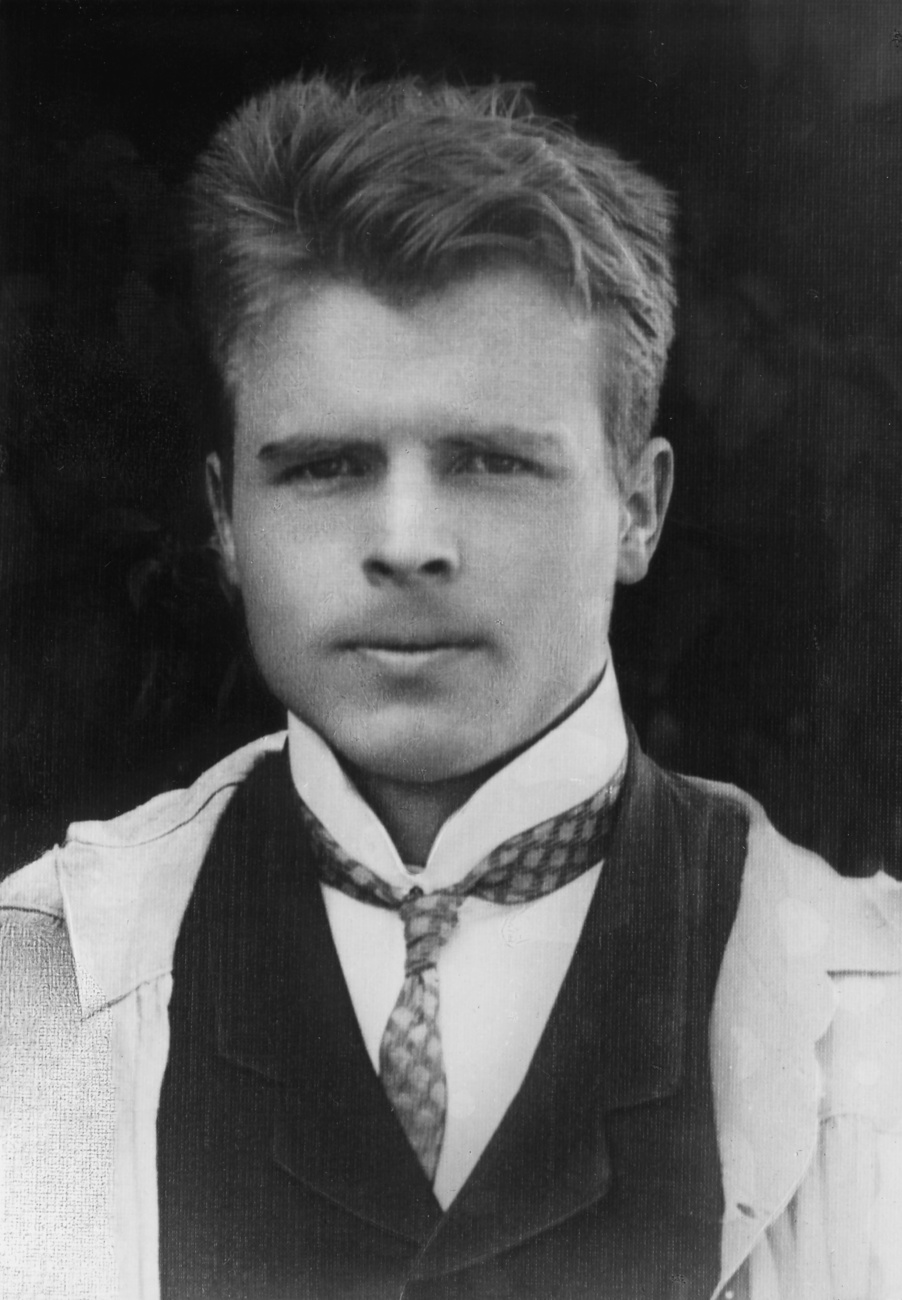
After extensive revisions, Rorschach decided on ten inkblots to show subjects in a specific order, asking them the open-ended question: “What might this be?” The inkblots are not random smears: they have structure, visual qualities beyond mere ambiguity, and a hard-to-define aura of mystery. It took an artist to make them, and Hermann’s same ten are still used today, a century later – no one since has made better ones. They are challenging to integrate into a whole: while some of us can pull together a big picture, others get hung up on details. What do you focus on, and how easily can you move from one to the other? Do you see movement and life in the pictures, or only cold, inanimate forms? There’s one blot that almost everyone says looks like a bat or moth; do you run with the crowd or insist on being original?
It took an artist to make them, and then a scientist to evaluate the results. Rorschach created a system of assigning codes and scores to people’s replies, based on the frequency of “whole”, “detail” and “movement” responses, among others. Experts could calculate ratios, track patterns. The test results were derived from these measures, not from assuming that if you see your mother you’re obsessed with your mother. Rorschach originally called his inkblots a perception experiment, not a test; it simply explored how people process visual information. Only later did he realize that different kinds of people tend to see the blots differently.
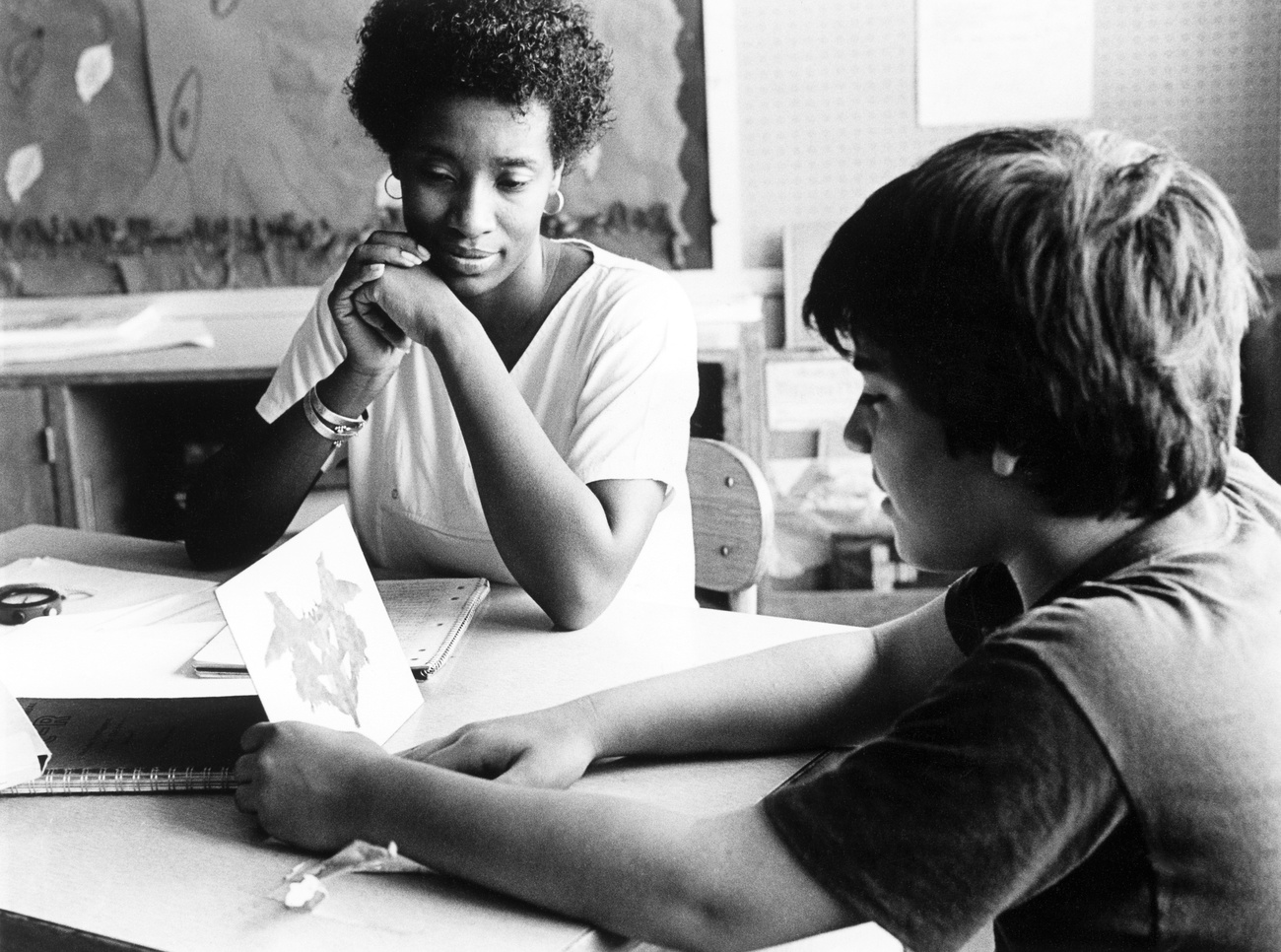
He knew that, as a test, the inkblots would fall between two stools. They were too touchy-feely for scientists and too structured for psychoanalysts. As he wrote in a letter to a colleague in 1921: “The research psychologists find it too psychoanalytical, and the analysts often don’t understand it because they cling to the content of the interpretations, with no sense for the formal aspect. What matters, though, is that it works: it gives amazingly correct diagnoses. And so they hate it all the more.” He was right about that.
International legacy
When Rorschach died suddenly in 1922, aged 37, of appendicitis, the test was left to fend for itself. In its homeland of Switzerland, it largely languished as a tool for job interviews and vocational testing; in Germany, where Rorschach had managed to anger some prominent psychologists before he died, inkblots never caught on. A psychologist named Yuzaburo Uchida discovered a copy of Rorschach’s book Psychodiagnostik in a Tokyo bookstore in 1925 and the inkblots were introduced into Japanese psychology only four years after Rorschach had published them. The inkblots remain the most popular psychological test in Japan, while they have fallen completely out of favor in the United Kingdom. They are big in Argentina, marginal in Russia and Australia, and on the rise in Turkey.
“The inkblots remain the most popular psychological test in Japan. They are big in Argentina, marginal in Russia and Australia, and on the rise in Turkey.”
All these developments in Rorschach’s global afterlife have their own histories, but the United States was where the test first came to fame and had its most dramatic rise to prominence, penetrating deepest into the culture.
By the mid-century heyday of Freudian psychoanalysis, the Rorschach Test (much faster and cheaper than an endless course of therapy, incidentally) became the leading “X-ray of the unconscious”, used in the most ham-fisted ways imaginable. People expected it not just to study perceptual styles or reveal mental illness, but to practically read minds. This was the Rorschach test that captured the popular imagination – the inkblots of film noir plot twists, perfume ads, and music videos, which live on even today.
But the test had higher stakes too: during World War II, US armed forces used it to screen out trainee pilots and soldiers; if you give too many death-related responses to an inkblot nicknamed “the suicide card” you became a candidate for electroshock therapy. Rorschach himself would have been appalled. He had written to someone eager to use the inkblots in academic aptitude testing: “When I imagine some young person, who has maybe dreamed of going to university from an early age, being prevented from doing so as a result of failing at the experiment, I naturally feel a bit like I can’t breathe.”
In 1966, Walter Slote concluded that family dynamics “held the key” to the Vietnamese psyche. In Vietnamese culture, authoritarian parents were idealized and all hostility toward them was repressed. This left the Vietnamese feeling unfulfilled and incomplete. They were really just “looking for a kind, loving father figure” – they had “the desire, at times almost wistful, to be embraced by authority”, and they cast the United States in the role of “the all-powerful, all-giving father image.” That meant, “in essence”, that the Vietnamese were not anti-American at all, they were pro-American!
Unfortunately, they also showed “a profound lack of critical self-evaluation.” With hindsight, it is easy to see the profound lack of critical self-evaluation in Slote himself, as he ignored all the obviously valid political, historical, or military reasons the Vietnamese might have had to hate America. But this was apparently what Americans wanted to hear: a 1966 front-page article in the Washington Post called Slote’s work “almost hypnotically fascinating”; officials in Saigon found it “extraordinarily perceptive and persuasive.”
These wild and crazy uses of the test eventually, and justifiably, met with widespread criticism. In the late 1960s, it began to fall out of favor, along with Freud. In the UK and elsewhere, it has never recovered. But in the US, the test was reinvented in the 1970s with a renewed emphasis on numerical results. Controversies persisted, but the fact that the same ten cards have been used and studied for a century means there is a lot of data. The latest science says that the Rorschach test is valid, when used properly and not as an excuse for psychiatrists to draw whatever conclusions they want. A giant meta-study published in the leading psychology journal in 2013 convinced even some of the test’s most vocal critics agreed that certain uses of the Test – actually, largely corresponding to how Hermann Rorschach used it – now had scientific support.
Meanwhile, the secrets of human personality remain as mysterious as ever.
Damion Searls is the author of a book on Hermann Rorschach and the long life of his Test: The Inkblot: Hermann Rorschach, His Iconic Test, and the Power of Seeing. London: Simon & Schuster, 2017.
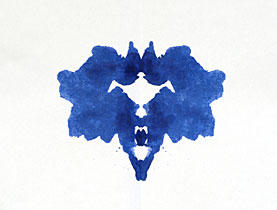
More
A blot on the scientific landscape

In compliance with the JTI standards
More: SWI swissinfo.ch certified by the Journalism Trust Initiative





























You can find an overview of ongoing debates with our journalists here . Please join us!
If you want to start a conversation about a topic raised in this article or want to report factual errors, email us at english@swissinfo.ch.